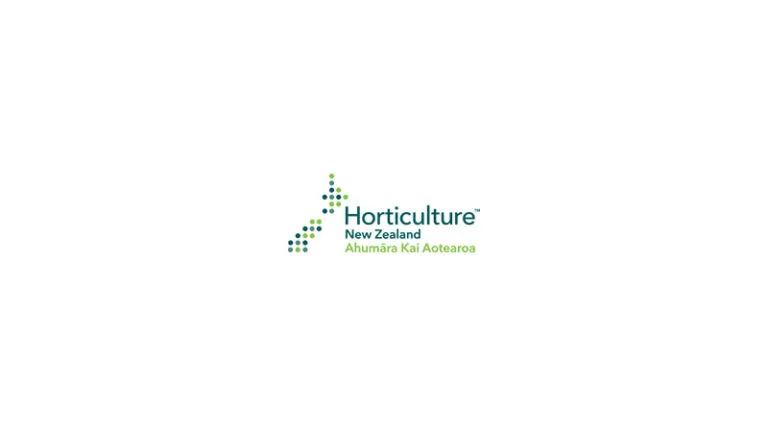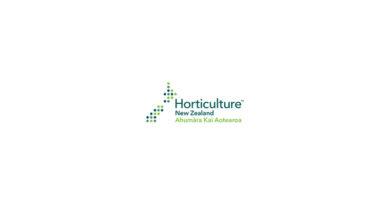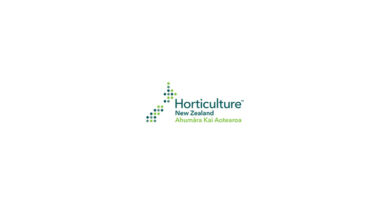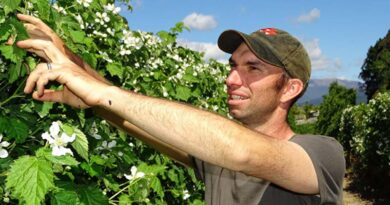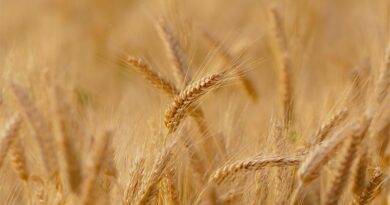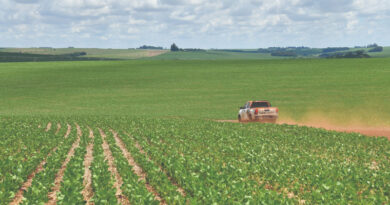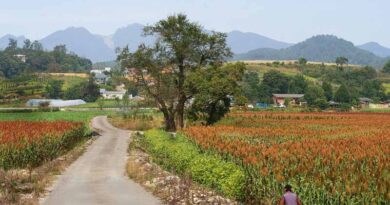Feijoa Picking Regime Key to Quality
08 May 2024, NZ: Early on a misty Waikato morning at Southern Belle Orchard, situated ten minutes from Matamata, the pickers were out. Despite being wet from the dew, they seemed cheerful enough. Picking and sorting the fruit into two buckets, blue for touch-picked fruit directly from the tree and red for the dropped fruit off the ground.
The orchard was bought by Frans and Tineke de Jong nearly 20 years ago. More recently the day-to-day running of the orchard has been taken over by their son Talbert and his wife Emily, along with their growing family.
When asked how the season was going, Talbert says “we are having a way better year than last year in terms of production, so we have a lot more fruit. In the previous year, we lost about 80 percent of all our flowers when the frost hit the Waikato.” Unlike other crops that got hit and took a long time to recover, they lost flowers, and the trees weren’t affected. Temperatures got down to -6°C during flowering.
Although Southern Belle has a good amount of fruit coming off the trees, pricing has been pretty bad due to oversupply. Prices are still the same as they were 20 years ago. Talbert says, “our emphasis on quality helps for sure. Touch-picking is really important to us, and really strict grading in the packhouse. Those who buy our feijoas know that we produce a high-quality product and want our produce.”
Most of Southern Belle’s feijoas go through MG Marketing in Auckland, Hamilton and Tauranga. They have some new plantings, have intensified one of their blocks, and have about 60 percent more trees in a hectare than they used to.
Growing 16 varieties of feijoas to get the spread over three months helps Southern Belle manage the picking and the picking staff. Kākāriki is their earliest fruiting variety, and Wiki™ Tu is one of the later varieties.
Some varieties of feijoa produce less fruit than others. Pounamu underperformed, only producing two kilos per tree. Other similar-aged trees would produce more than 25 kilos. Talbert says he doesn’t know why, as the Pounamu variety does well for some other growers. With fruit trees, you have to wait a long time before you find out if something works for you. Whereas with their capsicums and chillies in the greenhouses, they quickly know if it doesn’t work and just put a new crop in the following year.
The property is five hectares, with three hectares in feijoas and 3,000 square metres of greenhouse growing the capsicums and chillies. These greenhouse crops are better for Southern Belle as they have a lot more control, while a frost can quickly wipe out the feijoas. The orchard has had feijoas on it for 40 years.
Frans and Tineke are still involved in the orchard, though they have bought a campervan, so they try to get away. However, when it’s busy, it’s all hands on deck to get all the picking, packing and grading done. Emily is still handling a lot of the business side. She is in the packhouse when she’s not juggling the kids. Talbert is currently on daddy duties. They have three boys, Ronald (5), Gordon (3) and Freddy (1), who all love feijoas. Especially when made into ice blocks, which Talbert says are “pretty yum”. Gordon says he wanted to go looking for feijoas during breakfast time and was disappointed he couldn’t go straight away at 7am.
The feijoa industry is pretty tough right now. There are more and more plantings going in. Talbert thinks the big mistake many people make is not identifying their market, where the fruit will go, or working out the actual returns.
Most of the fruit at Southern Belle comes straight off the tree because they have an excellent picking regime. Touch-picking allows them to harvest a long-lasting, good-quality fruit. “We pick every second day, so even dropped fruit is of good quality and has a long shelf life, so we still grade it. A fairly large portion of the dropped fruit will go into a second grade or a juicing grade.” Talbert says there’s not much of a market for feijoa juice, so finding outlets for it is hard. They send very little fruit for processing or to the farmers’ markets, just a few grades.
To reduce their reliance upon the feijoa market, Southern Belle is considering culling older plantings and putting something else in. However, Talbert isn’t sure exactly what to replace them with yet.
Also Read: BASF Launches New Insecticide Efficon With Axalion Active Introduced Under IRAC Group 36
(For Latest Agriculture News & Updates, follow Krishak Jagat on Google News)

